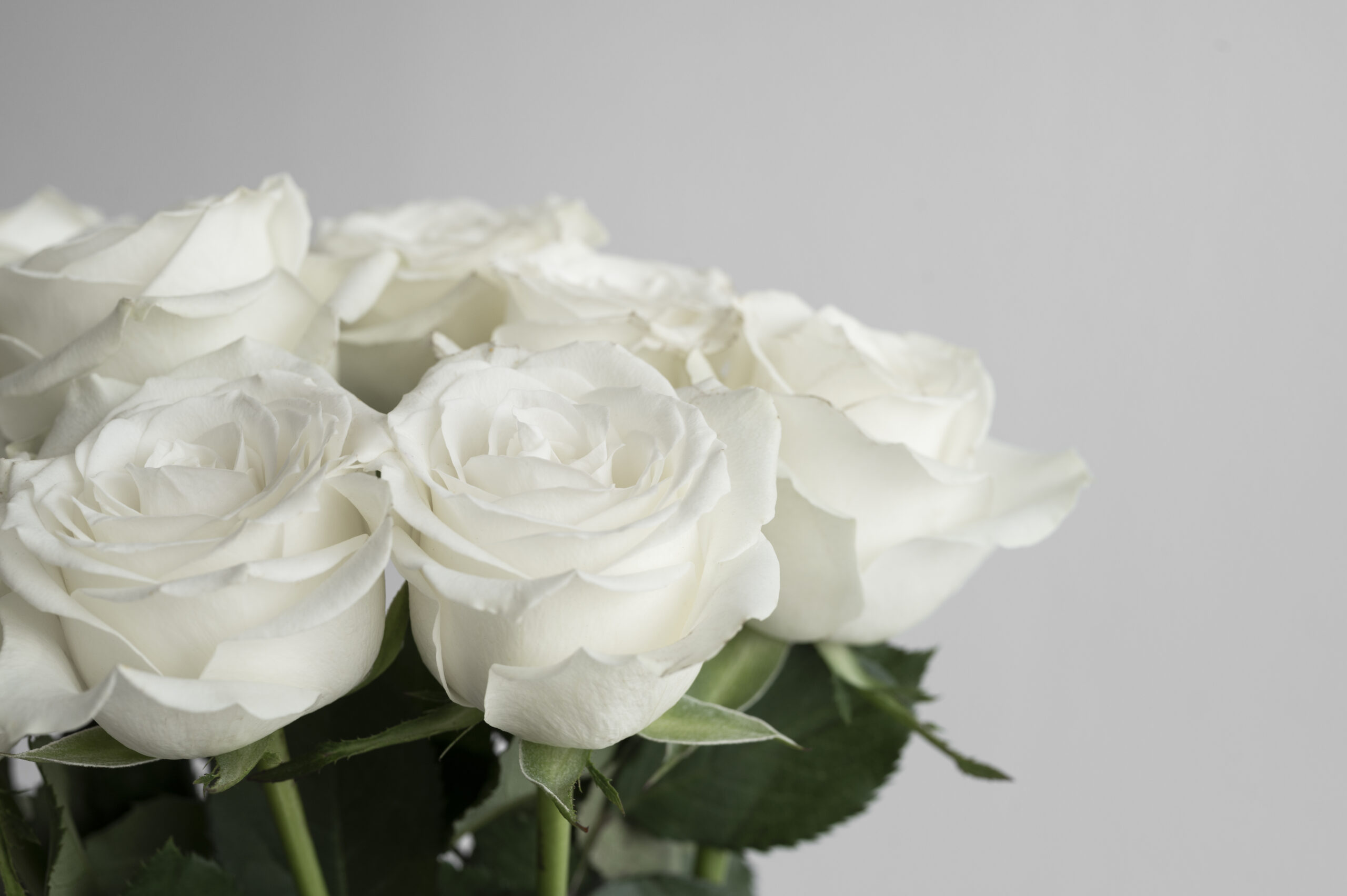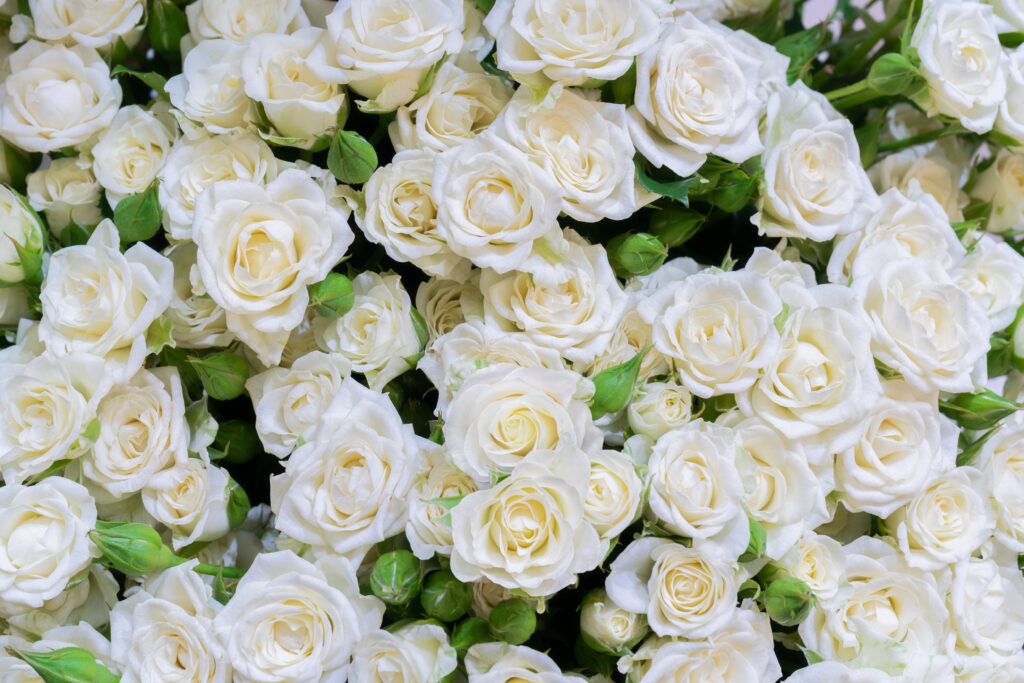Oven Cooked Bacon Crispy, Easy, Delicious


White roses have long captivated the human imagination with their delicate beauty and profound symbolism. Often associated with purity and innocence, these elegant blooms have played significant roles in history, culture, and art. From ancient rituals to modern celebrations, the meaning of white roses continues to evolve, offering a timeless expression of emotions and ideals. This article delves into the multifaceted significance of white roses, exploring their historical roots, cultural interpretations, and contemporary uses.

The historical context of white roses dates back to ancient civilizations, where they were revered for their ethereal beauty and symbolic purity. In ancient Greece and Rome, white roses were often associated with the goddess Aphrodite, symbolizing love and beauty. The Romans also linked white roses to Venus, using them in ceremonies to honor the goddess of love.
During the Middle Ages, white roses gained prominence in religious symbolism, particularly within Christianity. They were often depicted in religious art, symbolizing the Virgin Mary’s purity and innocence. This association with the divine further cemented the white rose’s role as a symbol of spiritual love and reverence.
The War of the Roses, a series of dynastic conflicts in 15th-century England, also contributed to the historical significance of white roses. The House of York adopted the white rose as its emblem, while the House of Lancaster used the red rose. This rivalry embedded the white rose into English history, symbolizing the Yorkist cause and its legacy.
The symbolism of white roses is rich and varied, transcending cultures and epochs. Primarily, they represent purity, innocence, and new beginnings, making them a popular choice for weddings and christenings. The pristine petals of the white rose evoke a sense of peace and tranquility, often used to convey sympathy and remembrance in times of loss.
In the language of flowers, known as floriography, white roses carry messages of humility and respect. They are often gifted to express admiration and to honor someone deserving of recognition. This symbolic versatility makes white roses suitable for a wide range of occasions, from joyous celebrations to solemn commemorations.
The symbolic meanings of white roses vary across different cultures, each adding unique interpretations to these timeless blooms. In Eastern cultures, white roses are often associated with spiritual enlightenment and transcendence. They are used in meditative practices and rituals to promote peace and clarity of mind.
In Western traditions, white roses are frequently linked to weddings, symbolizing the purity of love and unity between partners. They are a staple in bridal bouquets and decorations, embodying the promise of a new life together.
In some cultures, white roses are seen as a symbol of secrecy and confidentiality. This interpretation stems from the ancient Roman practice of hanging a white rose from the ceiling during confidential meetings, signifying that what was said under the rose (sub rosa) would remain secret.

White roses continue to play a vital role in modern celebrations, serving as a versatile and elegant choice for various events. Their association with purity and new beginnings makes them a popular choice for weddings, where they are used in bouquets, centerpieces, and ceremonial arches.
Beyond weddings, white roses are often used in christenings and baptisms, symbolizing the purity and innocence of the child. They are also a common feature in memorial services and funerals, offering a serene tribute to the departed and conveying a message of peace and remembrance.
In addition to personal celebrations, white roses are frequently used in public commemorations and national observances. They serve as a symbol of peace and unity, often used to honor veterans and victims of conflict.
White roses have inspired countless artists and writers, their delicate beauty and rich symbolism providing a muse for creative expression. In literature, white roses are often used as metaphors for purity, love, and the transient nature of beauty.
In William Shakespeare’s play “Romeo and Juliet,” the white rose is used to symbolize the purity and innocence of Juliet. The flower’s association with tragic love stories has made it a recurring motif in romantic literature.
In visual art, white roses have been depicted by renowned painters such as Pierre-Auguste Renoir and Georgia O’Keeffe. Their works capture the delicate nuances of the white rose, highlighting its ethereal beauty and symbolic depth.
Growing white roses can be a rewarding endeavor for gardening enthusiasts, offering a chance to enjoy their beauty and fragrance up close. To cultivate healthy white rose plants, consider the following care tips:
White roses thrive in well-drained soil and require at least six hours of sunlight daily. Select a location that provides ample sunlight and has good air circulation to prevent disease.
Regular watering is essential for healthy growth, especially during dry spells. Water deeply at the base of the plant to encourage deep root development. Fertilize with a balanced rose fertilizer in the spring and mid-summer to promote blooming.
Prune white roses in early spring to remove dead or damaged wood and shape the plant. Regular pruning encourages new growth and improves air circulation, reducing the risk of disease.
Throughout history, several notable figures have been linked to the white rose, either through personal association or symbolic representation. One such figure is Richard III, the last Yorkist king of England, whose emblem was the white rose. His association with the flower has made it a symbol of his legacy and the Yorkist cause.
In the realm of literature, the poet John Keats often used white roses as symbols of beauty and transience in his work. His poems reflect the delicate and fleeting nature of the flower, capturing its essence in verse.
In more recent times, Princess Diana was frequently associated with white roses, which were among her favorite flowers. They were often used in floral tributes to honor her memory, symbolizing her grace and compassion.
From their historical roots to their modern applications, white roses continue to captivate and inspire. Their timeless beauty and profound symbolism make them a cherished choice for expressing a wide range of emotions and ideals. Whether used in celebrations, art, or personal gardens, white roses remain an enduring symbol of purity, peace, and love.